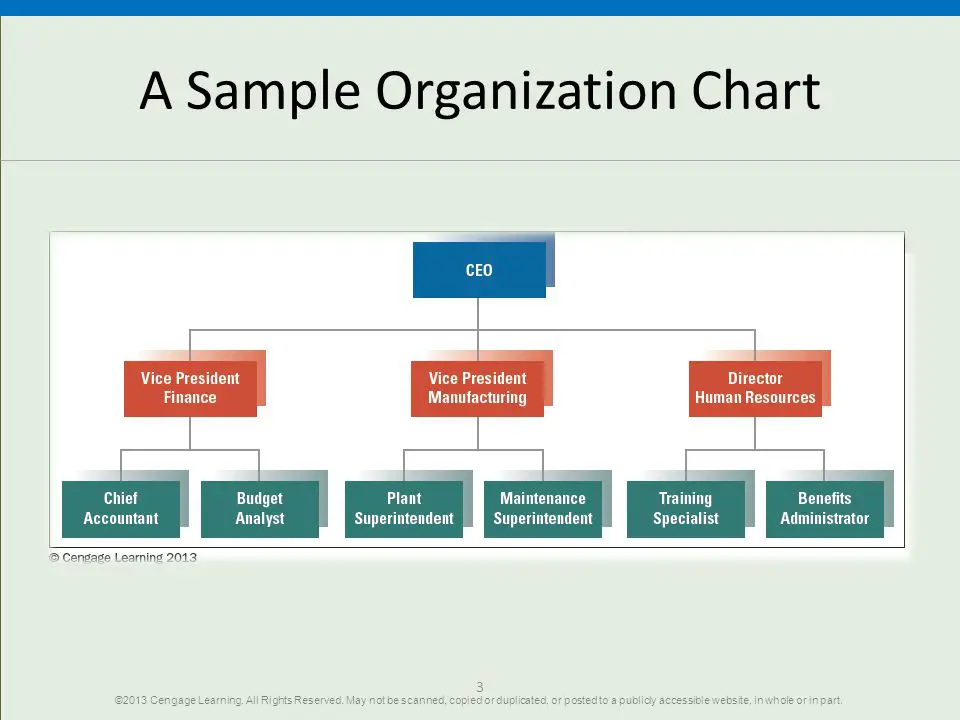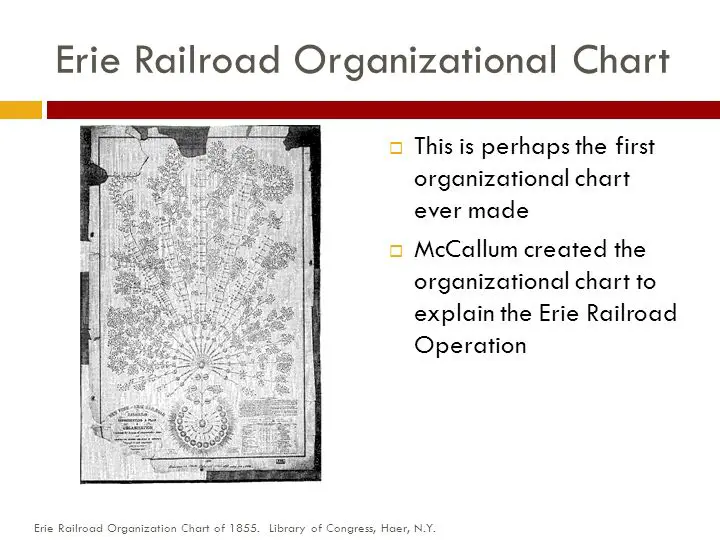Organizational Structure
Organization structure is one factor that helps companies execute their strategies and achieve their goals. Many companies use structural innovations such as teamsOpens in new window and matrix designsOpens in new window to achieve the coordination and flexibility they need.
This literature introduces basic concepts of organization structure and shows how to design structure as it appears on the organization chart.
The following key components define organization structure:
- Organization structure designates formal reporting relationships, including the number of levels in the hierarchy and the span of control of managers and supervisors.
- Organization structure identifies the grouping together of individuals into departments and of departments into the total organization.
- Organization structure includes the design of systems to ensure effective communication, coordination, and integration of efforts across departments.
These three elements of structure pertain to both vertical and horizontal aspects of organizing. For example, the first two elements are the structural framework, which is the vertical hierarchy.
The third element pertains to the pattern of interactions among organizational employees. An ideal structure encourages employees to provide horizontal communicationOpens in new window and coordination where and when it is needed.
Organization structure is reflected in the organization chart. It isn’t possible to see the internal structure of an organization the way we might see its manufacturing tools, offices, websites, or products.
Although we might see employees going about their duties, performing different tasks, and working in different locations, the only way to actually see the structure underlying all this activity is through the organization chart.
The organization chart is the visual representation of a whole set of underlying activities and processes in an organization.
Figure X-1 shows a simple organization chart for a traditional organization.
 Figure X-1 A Sample of Organization Chart | Credit — Slide Player Opens in new window
Figure X-1 A Sample of Organization Chart | Credit — Slide Player Opens in new window
An organization chart can be quite useful in understanding how a company works. It shows the various parts of an organization, how they are interrelated, and how each position and department fits into the whole.
The concept of an organization chart, showing what positions exist, how they are grouped, and who reports to whom, has been around for centuries. For example, diagrams outlining church hierarchy can be found in medieval churches in Spain. However, the use of the organization chart for business stems largely from the Industrial Revolution.
As work grew more complex and was performed by greater numbers of workers, there was a pressing need to develop ways of managing and controlling organizations. The growth of the railroads provides an example.
After the collision of two passenger trains in Massachusetts in 1841, the public demanded better control of the operation. As a result, the board of directors of the Western Railroad took steps to outline “definite responsibilities for each phase of the company’s business, drawing solid lines of authority and command for the rail-road’s administration, maintenance, and operation.”
 Figure X-2 Organization Chart for Erie Railroad (1855) | Credit — Slide Player Opens in new window
Figure X-2 Organization Chart for Erie Railroad (1855) | Credit — Slide Player Opens in new window
Figure X-2 shows an interesting example of an early organization chart created by Daniel McCallum for the Erie Railroad in 1855Opens in new window. Faced with financial strain and slumping productivity, McCallum created charts to explain the railroad’s operations to investors and to show the division of responsibilities for superintendents along hundreds of miles of rail lines. McCallum divided the railroad into geographical divisions of manageable size, with each division headed by superintendent.
The type of organization structure that gradually grew out of these efforts in the late nineteenth and early twentieth centuries was one in which the CEO was placed at the top, and there was a clear hierarchy of authority extending to everyone else arranged in layers down below, as illustrated in Figure X-1.
OrganizationsOpens in new window may be designed to provide coordination, control, and information flow in both vertical and horizontal directions through the organizational structure as needed to achieve its overall goals.
This is often a delicate balancing act, since there is an inherent tension between organizational hierarchy and formal communication and reporting systems, are designed primarily for control, whereas horizontal linkages, such as teams and communication systems, typically mean reducing top-down control. Figure X-3, shown in the nextOpens in new window literature, illustrates this balancing act.
The series:
- Organizational StructureOpens in new window
- Information-Sharing Perspective on Organization StructureOpens in new window
- Structural Devices for Vertical Linkage & CoordinationOpens in new window
- Horizontal Linkage & Coordination DevicesOpens in new window
You Might Also Like:
- Organization: Definition and OverviewOpens in new window
- Multinational vs Non-Profit OrganizationsOpens in new window
- Organizational Design AlternativesOpens in new window
- Organic versus Mechanistic DesignOpens in new window
- Organizational SymbolismOpens in new window
- Organizational CultureOpens in new window
- Organizational ControlOpens in new window
- Organizational ChangeOpens in new window
- Organizational EnvironmentOpens in new window
- Organizational EffectivenessOpens in new window
- Organizational PurposeOpens in new window
- Organizational ResilienceOpens in new window
- Organizational TheoryOpens in new window
- Research data for this work have been adapted from the manual:
- Organization Theory & Design By Richard L. Daft

